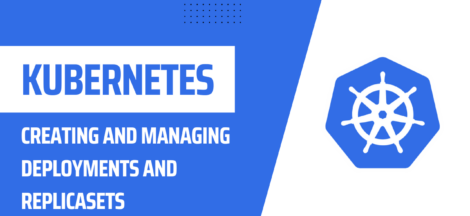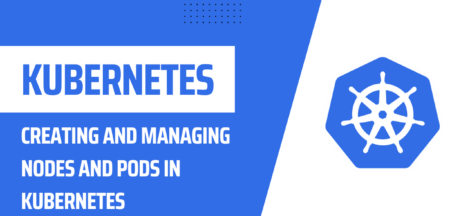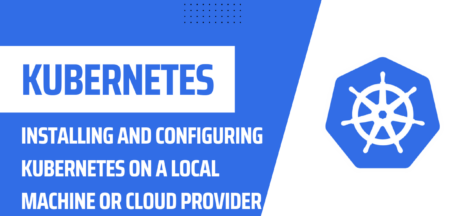Kubernetes pods are the smallest and simplest unit in the Kubernetes object model that you create or deploy. A pod represents a single instance of a running process in your cluster.
A pod can contain one or more containers, and all the containers in a pod share the same network namespace, meaning they can all communicate with each other using localhost. This allows for easy communication between the containers in a pod, as well as sharing of resources such as storage volumes.
Pods also have a unique IP address within the Kubernetes cluster, allowing for easy communication with other pods and services. Additionally, pods can be assigned labels and annotations, which can be used for organization and management within the cluster.
Pods also have a lifecycle, they can be created, deleted, and updated. Pods are created and managed by higher-level objects such as Replication Controllers, Replica Sets, and Deployments. These higher-level objects ensure that the desired number of replicas of the pod are running and available at all times.
A key concept to note is that pods are ephemeral, meaning that they are not guaranteed to retain their state across restarts or updates. This means that if you need to persist data, you should use a separate Kubernetes resource such as a Persistent Volume.
In summary, Kubernetes pods are the basic building block of the Kubernetes object model, representing a single instance of a running process in your cluster. They allow for easy communication between the containers within the pod and have a unique IP address within the cluster. Pods are created and managed by higher-level objects and are ephemeral in nature.
How Pods collaborate with other Kubernetes Objects?
Pods work together with other Kubernetes objects to provide a powerful and flexible platform for deploying and managing containerized applications.
Kubernetes Key Concepts and Terminologies
recommeded reading
For example, Replication Controllers, Replica Sets, and Deployments work together to ensure that the desired number of replicas of a pod are running and available at all times. These higher-level objects use pods as the basic building block, creating and managing them to ensure that the desired state of the application is maintained.
Services provide a stable endpoint for external clients to access pods, and they automatically load-balance traffic across the available pods. Pods can be exposed as services by creating a service object that selects pods based on their labels and annotations.
StatefulSets provide guarantees about the ordering and uniqueness of pods and can be used when you need to maintain the state of the pods across restarts or updates, in combination with the Persistent Volumes and Persistent Volume Claims.
ConfigMaps and Secrets objects store configuration data and sensitive information respectively, it can be used to store application configuration data or to pass sensitive information, such as credentials, to pods.
In summary, pods work together with other Kubernetes objects to provide a powerful and flexible platform for deploying and managing containerized applications. These objects work together to ensure that the desired number of replicas of a pod are running and available, provide stable endpoint for external clients to access pods, manage and maintain the state of the pods, and store the configuration data and sensitive information.



